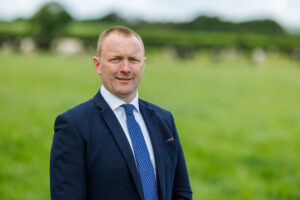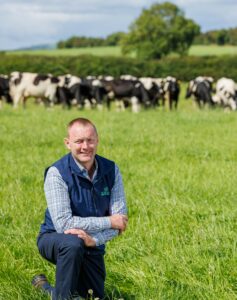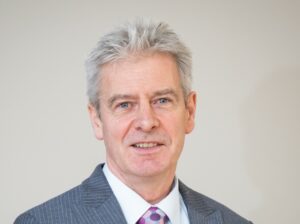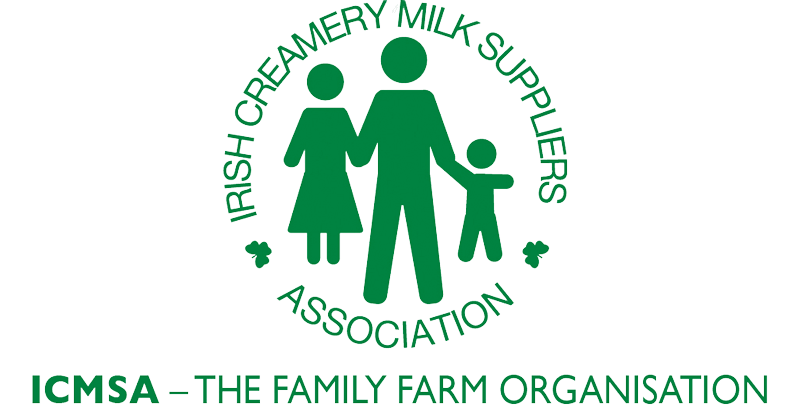
Suckler Carbon Efficiency Scheme (SCEP)

SCEP
Scheme participants will receive a payment of €225 for the first 15ha and €180 for each hectare thereafter. In return for this payment, farmers will have to undertake 5 actions which include eligible bull/eligible AI, female replacement strategy, genotyping, weighing and submission of weights to ICBF, calving details and surveys.
• In each scheme year applicants must calve at least 50% beef bred animals of the yearly reference number. In scheme year 1 and 2, 80% of these calves must have been sired from a 4 or 5 start source, i.e., a genotyped 4 or 5 star bull on either the Terminal or Replacement Index (on a within or across breed basis) and/or if using AI, the AI straw used on participating holdings must be from a 4 or 5 star eligible bull on either the Terminal or Replacement index (on a within or across breed basis).In the event that an applicant calves more than the 50% requirement, these animals must also be sired from a 4/5* source to a minimum of at least 80% of their yearly reference number. In the case where the yearly reference number is one, at least one eligible calf sired from a 4/5* source must be born in that scheme year. Please see example below for Scheme for year 2.
2024 Yearly Reference Calves born between 1st July 2023 - 30th June 2024 Required number of calves born to a 4/5* source 10 5 4 10 10 8 10 20 8 • This increases to 85% in scheme years 3 & 4.• This increases to 95% in scheme year 5.• The calves born can be sired from 4 or 5 star bulls, 4 or 5 star AI straws or a mixture of both.• Any movement must be recorded correctly on the Department's Animal Identification and Movement System (AIM).• Sire discrepancies identified as a result of any genotyping performed during the programme will be resolved and where commitment are subsequently deemed to have not been achieved, the corresponding penalties will be applied.• For those participants using Rare Breed sires (as defined in the definitions of this document) a derogation from the annual targets under this action may be granted in certain circumstances.

• Applicants are required to ensure that on the 31st October 2023 at least 50% of their yearly reference number are eligible females that are genotyped 4 or 5 stars on the replacement index (on a within breed or across breed basis) at the time of purchases (for replacements bought into the herd) or at the time of genotyping (for those replacements bred within the herd).•Applicants are required to ensure that on the 31st October 2025 at least 65% of their yearly reference number are eligible females that are genotyped 4 or 5 stars on the replacement index (on a within breed or across breed basis) at the time of purchases (for replacements bought into the herd). or at the time of genotyping (for those replacements bred within the herd).• Applicants are required to ensure that on the 31st October 2027 at least 75% of their yearly reference number are eligible females that are genotyped 4 or 5 stars on the replacement index (on a within breed or across breed basis) at the time of purchases (for replacements bought into the herd). or at the time of genotyping (for those replacements bred within the herd).• Females must be at least 16 months old.•In the case where the yearly reference number is one, applicants are required to ensure that at least one female is an eligible female that is genotyped 4 or 5 starts on the replacement index (on a within breed or across breed basis) at the time of purchase (for replacements brought into the herd) on the respective timelines, 31st October 2023, 31st October 2025 and 31st October 2027.
• Applicants will be required to take a tissue tag sample from animals selected for genotyping as follows:• Initially ICBF will select animals to be genotyped in each herd and will notify herd owners of the animals selected.• It may be possible for the herdowner to nominate animals for genotyping other than those selected by ICBF.• The number of animals to be genotyped each year will be at least equivalent to 70% of the beneficiary’s “yearly reference number” (rounded down to the nearest animal). For example, an applicant with a yearly reference of 10 must have sufficient animals to genotype 7 females, calves or eligible bulls, without repetition of animals genotyped under the Programme to date. In the case where the yearly reference number is 1, at least one eligible animal must be genotyped in that scheme year.• If a selected animal has died or is sold before the sample tags are received, the applicant must without delay contact ICBF to request a test kit for a substitute animal.• Genotype tissue samples must be taken from animals by use of the Genotype kit provided. Each Genotype tissue tag is numbered to correspond with the animal’s National ID tag number.• The samples must be returned in the kits provided in the pre-addressed envelopes.• Each applicant is liable for the cost of genotyping in respect of his/her application If an applicant returns more genomic samples than his/her required number, he/she will be liable for the extra cost. The cost will be recovered as a deduction from the SCEP payment.• In the event of an unsuccessful or withdrawn claim, the costs must be paid by the applicant to the Department.• If an applicant has an existing tagging supplier in place, this will be the default tagging supplier. If an applicant wishes to charge his/her supplier, he/she may do so on the ICBF website. In the event of an applicant not having an existing supplier, he/she must select a supplier on the ICBF website.• Genomic samples will not be accepted after the 30thof November of each year. Please see example below for scheme year 1:
| Scheme year 1 – 1st July 2022 – 30th June 2023 | Genomic samples must be returned by 30th November 2023 |
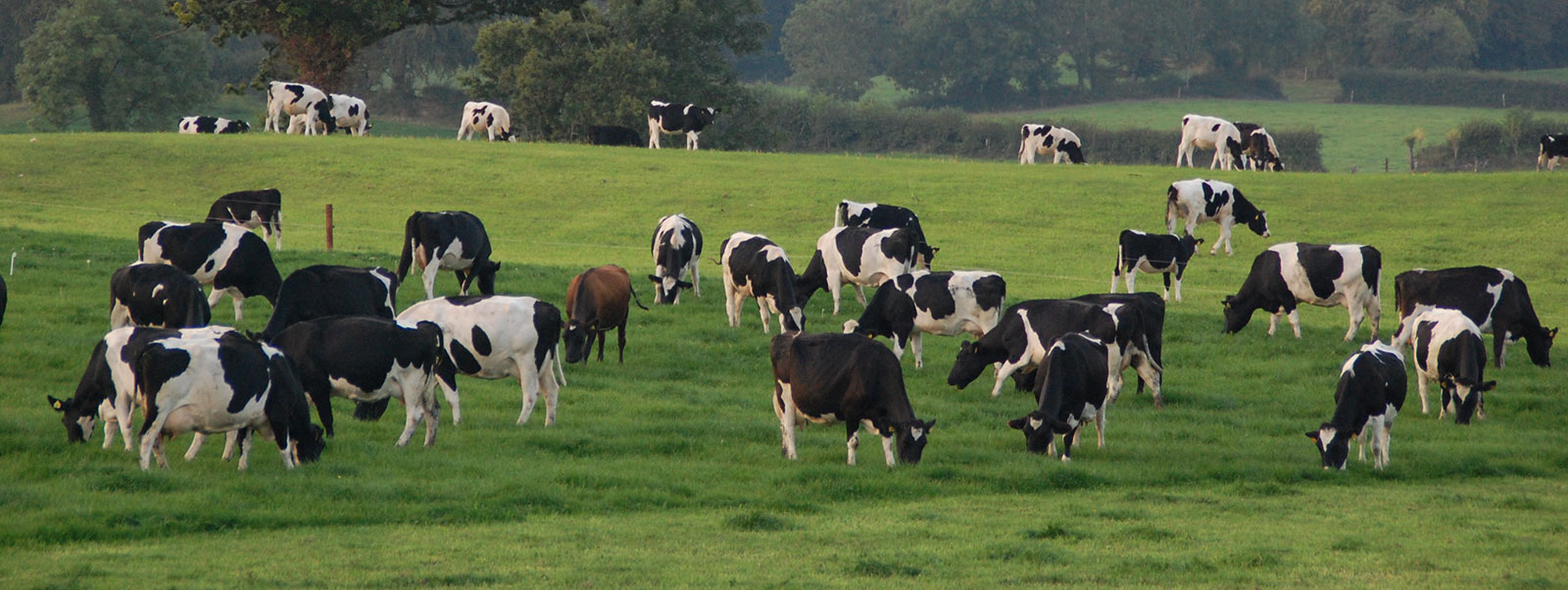
| 2023 Yearly Reference | Calves born between 1st July 2022 – 30th June 2023 | Required number of Dam/Calf pairs to be weighed |
| 10 | 5 | 4 |
| 10 | 10 | 8 |
| 10 | 20 | 8 |
• Each live calf must be unweaned and weighed with its dam on the applicants holding on the same day. Where a calf dies before 5 months of age or it’s dam, this must be recorded on AIM and the 80% does not include such pairs.
• All calves being submitted for weighing must have been born in the herd within each scheme year.
• All calves being submitted for weighing must be eligible calves as per section 4.
• All calves being submitted for weighing must be in the ownership and possession of the applicant since birth and maintained on the holding. It must be alive at the time weighing.
• The calf must be a minimum of 50 days old before it is eligible to be weighed.
• Weights should be submitted within 7 days of weighing and no later than 01 November annually. Please see example below for Scheme year 1:
| Scheme year 1 – 1st July 2022 – 30th June 2023 | Must be submitted to ICBF by 1st November 2023 |
• Only scales registered and used in accordance with the requirements of Annex 1 may be employed for the purposes of this Programme.
• If you are recording weights online/electronically the weights must be recorded in the ICBF database by 5:30pm on 01 November annually. Electronic submission includes the ICBF website, ICBF weight recording app, farm software and any third-party applications that link to the ICBF database.
• If you are submitting weights by post, the forms must be received by ICBF by 5:30pm on 01 November annually.
In addition to meeting the statutory requirement for tagging and registration, Programme applicants must complete the Calving Survey for each calf born on the holding.
Under current requirements, all farmers are required to tag and register all calves with the Department’s Registration Agency, Clonakilty, Co. Cork within 27 days of birth in accordance with EU Regulation 1760/2000. The tag number or the AI code of the sire must be provided for each calf.
Calves must be registered using any one of the following methods:
• Department approved farm software providers
• The ICBF Animal Events System – animal events book as provided by the ICBF
(B) Surveys
Each year, applicants will be required to complete survey forms supplied by the ICBF in respect of all eligible calves born on the holding and their dams.
Applicants will be provided with notebooks for daily field recording (e.g. details of calf size and vigour) and the recorded data should then be used to complete the appropriate survey forms supplied by the ICBF on an annual basis. Furthermore, in order to ensure the validity of all of the data recorded, all calves born in the herd must be maintained on the holding for at least 5 months.
The survey forms supplied each year will request data as required by the ICBF and may include, but not limited to, the following:
Commitment 1: Calf Sire, Calving Difficulty, Birth Size & Calf Vigour
Commitment 2: Calf Quality, Calf Docility Dam Docility, Dam Milk-Ability, Dam Mothering Ability, Dam Feet and legs, Dam Teat Score & Dam Udder Score.
Dam departure reason for information purpose.
Closing date for submission of traits for Commitment 1 and Commitment 2 is 15th February annually. Data will not be accepted after this date. Please see example for scheme year 1.
| Scheme year 1 – 1st July 2022 – 30th June 2023 | Data must be submitted by 15th February 2024 |
Please note this is not exhaustive list and changed may occur.
Surveys must be completed using:
• Farm software providers
• icbf.com
• Paper-based survey forms are available to be printed down from the ICBF website.
Latest Headlines
- Sections
Contact Us
Telephone
+353 (0)61 314677

